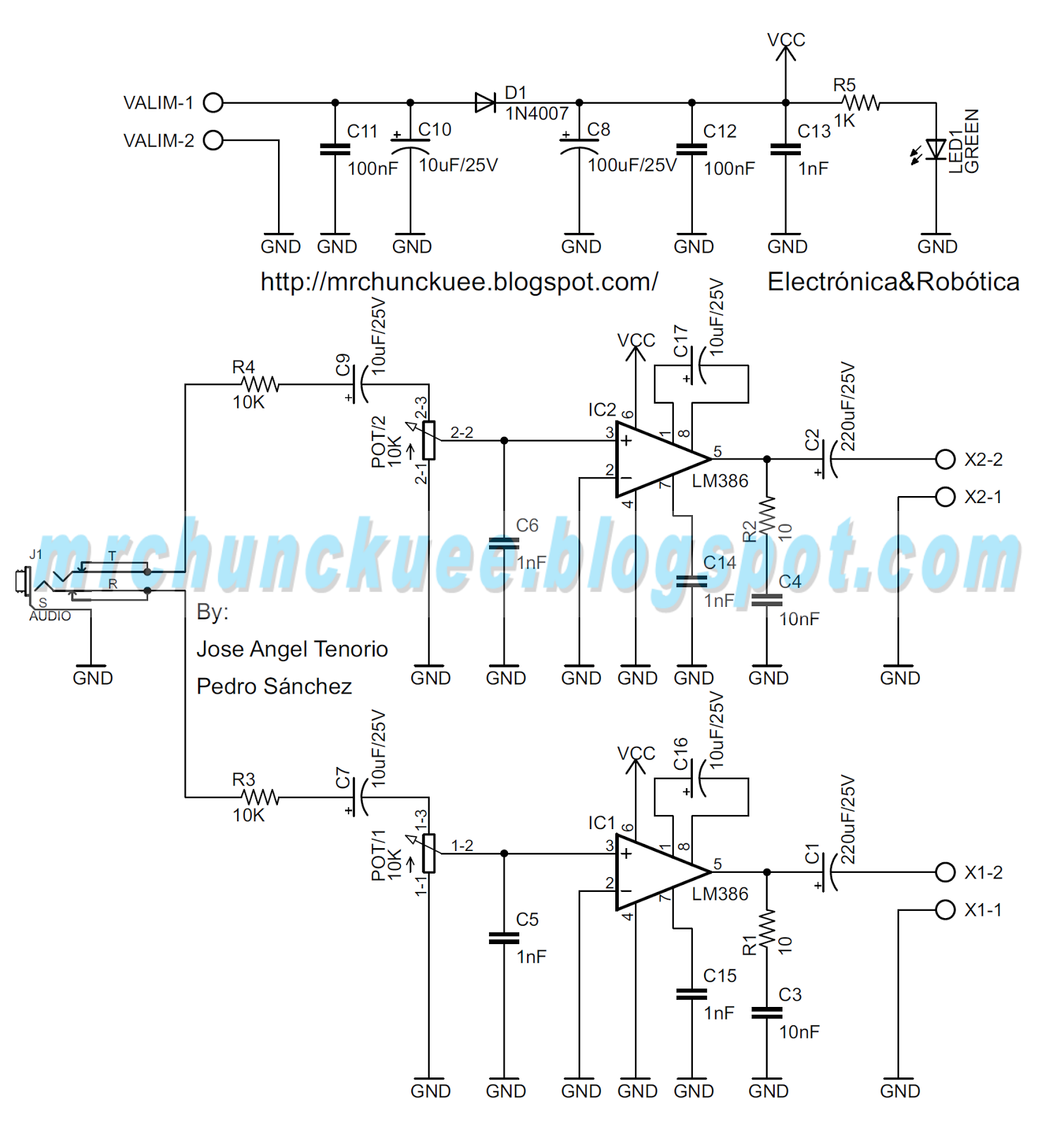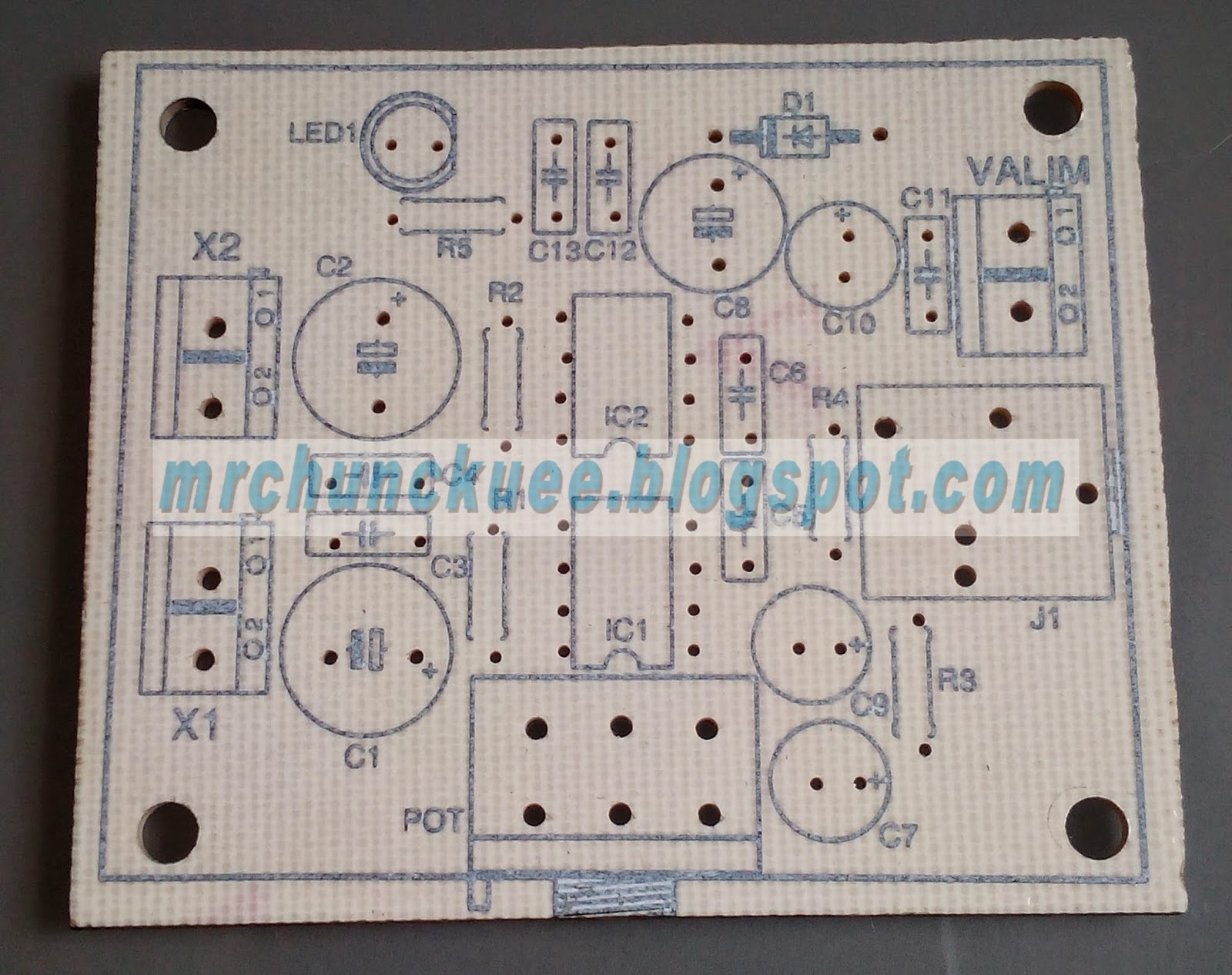Greetings! My first post on Element, is a small audio amplifier using LM386 integrated.
For the design has been based on the one proposed in the datasheet (Gain = 200), some components and filters are added to the feed inlet (VALIM = 12V), the circuit used is this:
Here more photos of the PCB:
The final PCB with all componences looks like this:
Here one video of the circuit in action (video in spanish):
See more projects or info in my blog (in spanish)





Top Comments